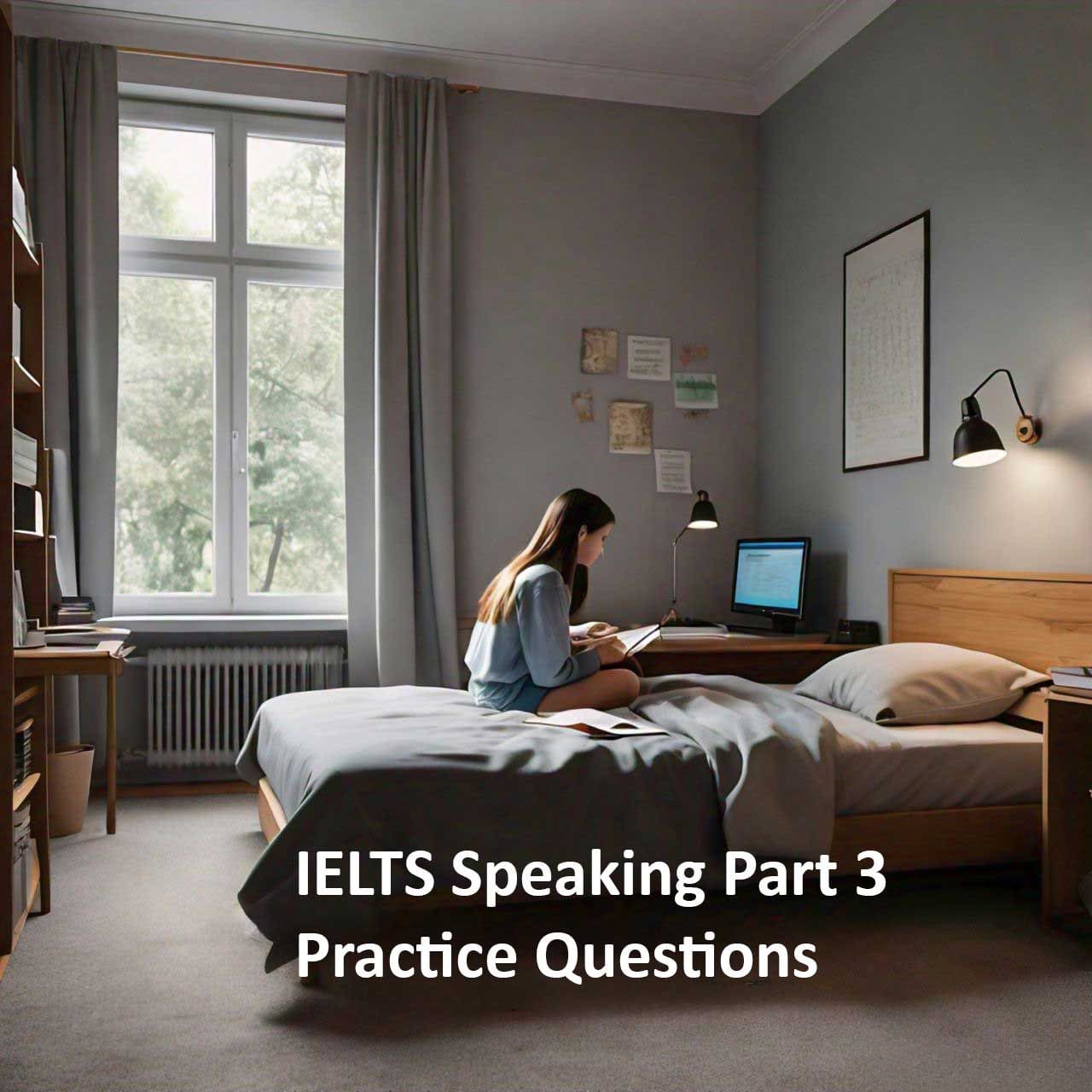The IELTS Speaking test is a crucial component of the exam, designed to evaluate a candidate’s ability to communicate effectively in English. Part 3 of the Speaking test, often referred to as the “Discussion Phase,” presents candidates with a more in-depth exploration of topics introduced in Part 2. In this blog post, we’ll explore the intricacies of IELTS Speaking Part 3 and provide valuable tips to help you excel in this section.
Table of Contents
Understanding IELTS Speaking Part 3:
Part 3 of the IELTS Speaking test builds upon the topic introduced in Part 2 and involves a more extended discussion between the candidate and the examiner. The examiner will ask a series of questions related to the topic, exploring broader themes, issues, and opinions. Candidates are expected to express their ideas, provide examples, and engage in a meaningful conversation with the examiner.
Strategies for Success:
1. Listen Carefully to the Examiner’s Questions:
Pay close attention to the examiner’s questions and make sure you understand them fully before responding. Take a moment to process the question and gather your thoughts before speaking. If you’re unsure about any aspect of the question, don’t hesitate to ask for clarification.
2. Provide Detailed Responses:
When answering the examiner’s questions, aim to provide detailed and well-developed responses. Support your opinions with examples, explanations, and relevant details to demonstrate your ability to express yourself effectively. Avoid giving short, one-word answers, and instead, elaborate on your ideas to showcase your language proficiency.
3. Express Your Opinions:
Part 3 of the IELTS Speaking test often involves discussing abstract or hypothetical topics. Don’t be afraid to express your opinions, but remember to do so respectfully and diplomatically. Acknowledge different perspectives, consider both sides of the argument, and justify your opinions with logical reasoning and examples.
4. Engage in a Natural Conversation:
Strive to engage in a natural, back-and-forth conversation with the examiner. Listen attentively to their responses and ask follow-up questions to demonstrate your interest and engagement in the discussion. Maintain a conversational tone and pace and avoid sounding rehearsed or overly formal.
5. Use Advanced Vocabulary and Grammar:
Part 3 of the IELTS Speaking test is an opportunity to showcase your command of advanced vocabulary and grammatical structures. Incorporate a range of vocabulary and expressions into your responses and demonstrate your ability to use complex sentences and varied sentence structures. However, avoid using language that is overly technical or obscure, as clarity and coherence are paramount.
Example Questions:
Here are some example questions you might encounter in IELTS Speaking Part 3:
– What are some of the benefits and drawbacks of living in a multicultural society?
– How do you think technology has changed the way we communicate with each other?
– What role do you think education plays in shaping a person’s future?
Conclusion:
IELTS Speaking Part 3 offers candidates an opportunity to engage in a more in-depth discussion of topics introduced in Part 2. By listening carefully, providing detailed responses, expressing opinions thoughtfully, engaging in natural conversation, and using advanced vocabulary and grammar, you can approach this section of the exam with confidence and maximize your chances of success. Remember to practice regularly, stay focused during the test, and trust in your preparation as you navigate the challenge of IELTS Speaking Part 3.



